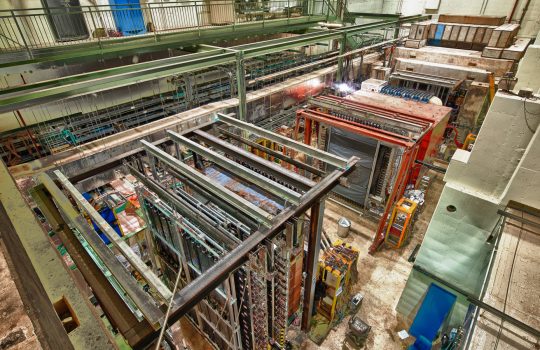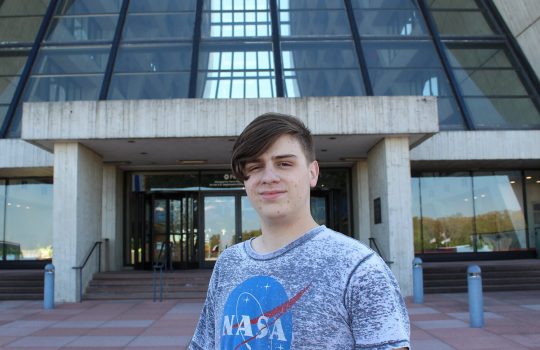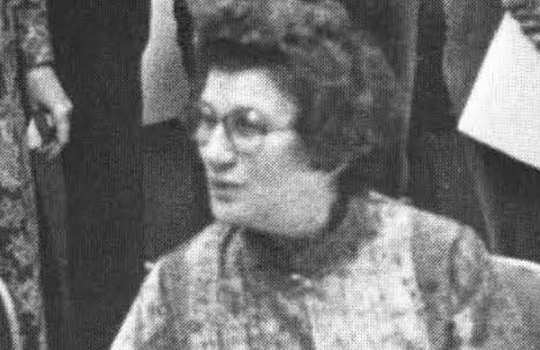Cheaper, greener particle accelerators will speed innovation
From Mirage, March 15, 2021: Sam Posen, scientist and deputy division head at Fermi and affiliate at CBB is included this story on creating more environmentally friendly accelerators for the future.



